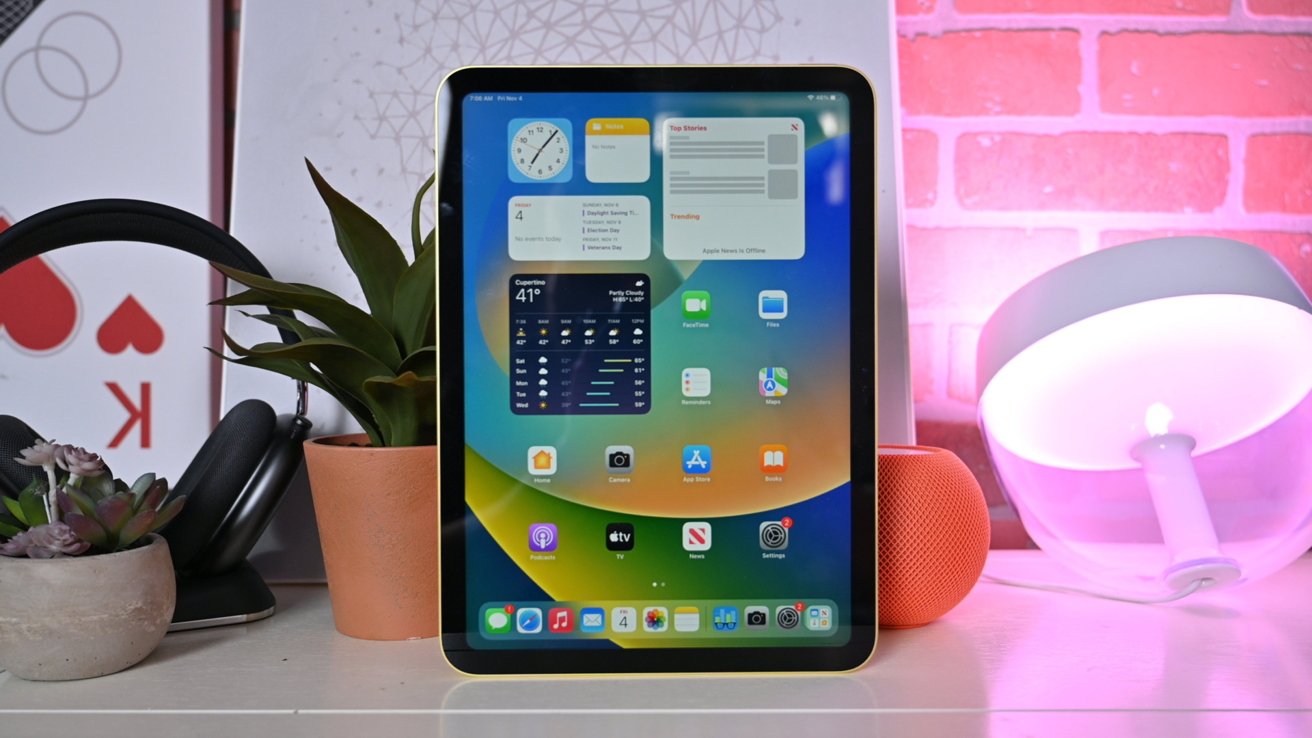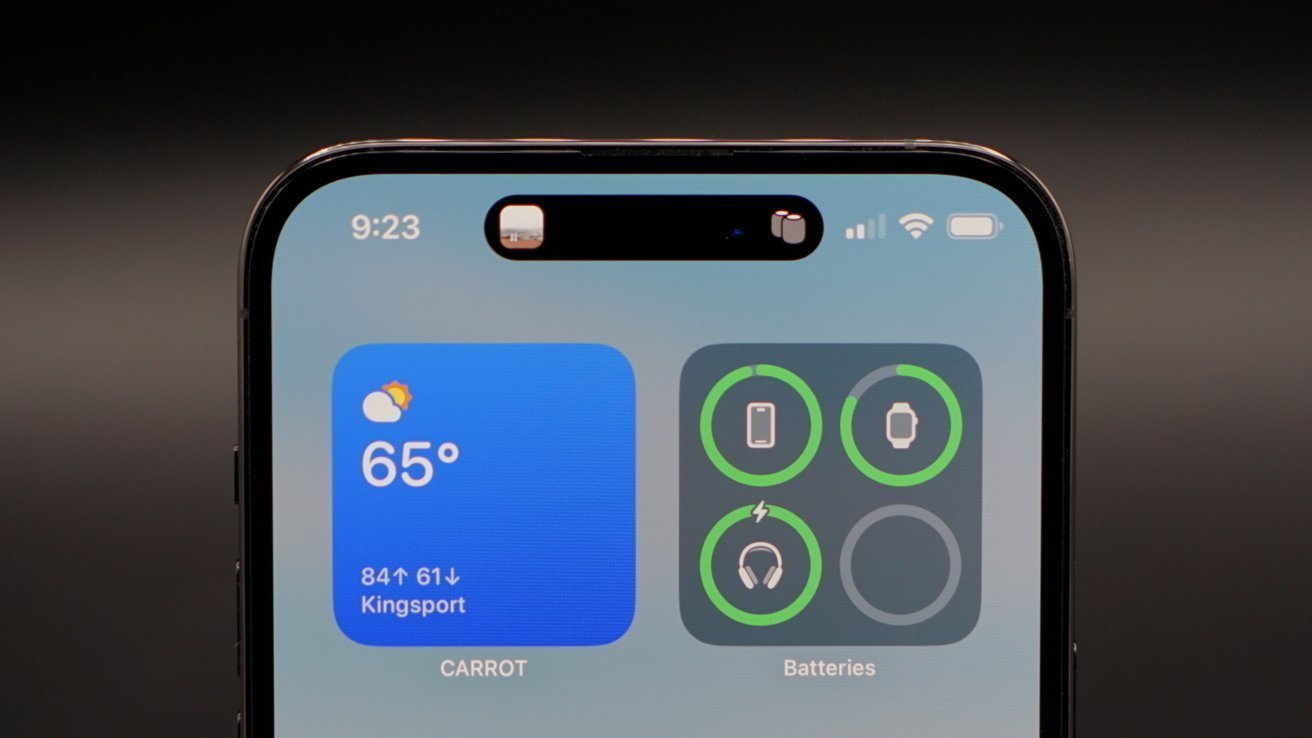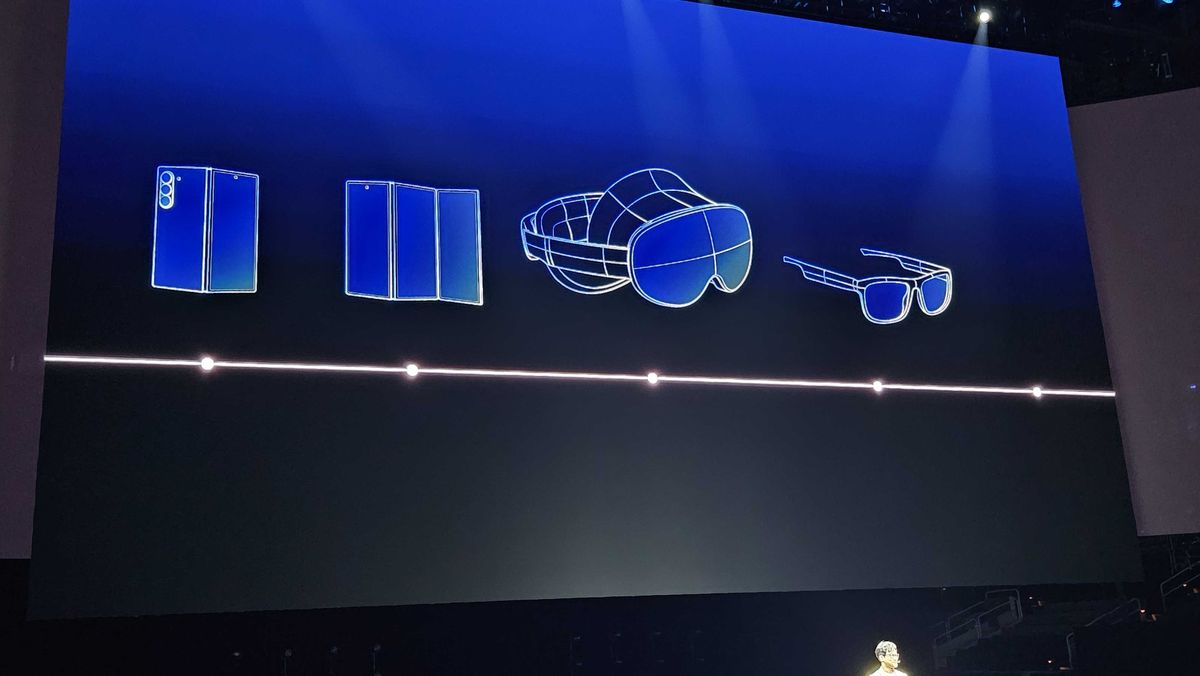Experts reveal Kessler Syndrome could affect us all more than first feared
Share:
Fears about 'Kessler Syndrome' are growing as there are more than 130 million pieces of space junk orbiting Earth that could smash into satellites at any moment. Named after American astrophysicist Donald Kessler — who first warned of its risks in 1978 — Kessler Syndrome is a chain reaction of space junk collisions.
![[Ex-NASA physicist Sierra Solter-Hunt has warned that cheap satellite 'megaconstellations' like Elon Musk's Starlink could disrupt Earth's magnetosphere - exposing all life to deadly cosmic rays. She's called for more studies on 'the accumulation of metal dust from the space industry']](https://i.dailymail.co.uk/1s/2024/12/31/20/83821527-14239785-Ex_NASA_physicist_Sierra_Solter_Hunt_has_warned_that_cheap_satel-a-22_1735676218669.jpg)
This theoretical 'domino effect' would create a cascade of more dangerous space junk, as each collision generates more debris upon impact with more and more orbital platforms, increasing the likelihood of future impacts. The end result would be a cloud of space junk surrounding the Earth, blocking ground-based telescopes and cutting off operations for all technology that relies on satellites, including weather forecasts, GPS and television.
![[Solter-Hunt drew on estimates that Musk's SpaceX is currently burning up over 2,755 lbs (1.3 tons) of internet satellite debris in Earth's atmosphere every hour, creating a metal layer of 'conductive particulate' in orbit. Thousands of Starlink satellites are now above Earth]](https://i.dailymail.co.uk/1s/2024/12/31/20/83821523-14239785-Solter_Hunt_drew_on_estimates_that_Musk_s_SpaceX_is_currently_bu-a-20_1735676218667.jpg)
Paul Lynam, an astronomer for the University of California’s Lick Observatory, said that the event will not be a 'remote, out-there kind of thing,' but 'would affect everybody on the planet.' And one new study suggests it could occur before 2050. Right now, in low-Earth orbit (LEO), about 1,000 collision warnings are issued daily to alert telecoms, governments, scientists and others about the risks to their hardware.
![[Large pieces of a SpaceX Crew-1 ship were also found in a field in Australia in 2022. This frayed piece of crash debris (pictured) shows its exposed carbon fiber and studded metal bolts]](https://i.dailymail.co.uk/1s/2024/12/31/20/86973603-14239785-Large_pieces_of_a_SpaceX_Crew_1_ship_were_also_found_in_a_field_-a-23_1735676218701.jpg)
Scientists have warned that metallic space debris could also disrupt Earth's magnetosphere, exposing all life to deadly cosmic rays. Ex-NASA physicist Sierra Solter-Hunt told DailyMail.com that metal particles from these shattered satellites, booster rockets and other space trash could 'distort or trap the magnetic field' that keeps Earth's atmosphere from escaping.
![[A two-pound cylinder from a NASA battery pallet (pictured) released by the International Space Station in 2021 crashed into a man's home in Naples, Florida three years later - in April of this year. The episode is only one dramatic example of the risks posed by space junk]](https://i.dailymail.co.uk/1s/2024/12/31/20/83152459-14239785-A_two_pound_cylinder_from_a_NASA_battery_pallet_pictured_release-a-24_1735676218718.jpg)





















